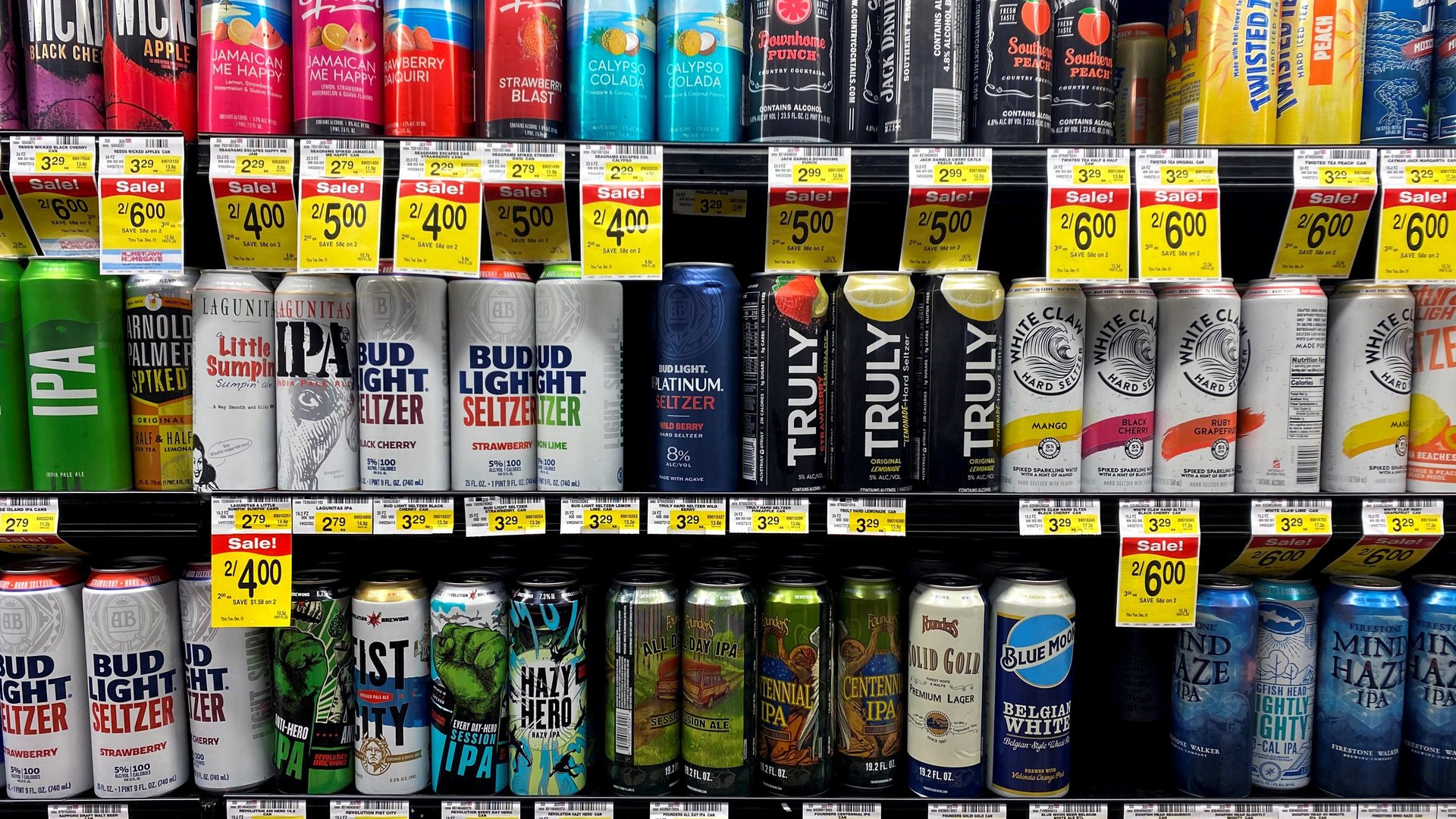Why America doesn’t have enough aluminum cans
Americans literally can’t get enough aluminum cans.


Americans literally can’t get enough aluminum cans.
Executives at Monster Beverage, the energy-drink maker, said last month that they’re struggling to get enough aluminum cans to keep up with demand, while the CFO of Molson Coors said in April that the world’s third largest brewer is having to source cans from all over the globe to meet its needs. Beverage can production jumped 6% in the US last year to more than 100 billion cans, but it still wasn’t enough, according to the Can Manufacturers Institute.
Is there an an aluminum can shortage?
The pandemic accelerated the great American boom in aluminum cans, as people stayed home to sip Heinekens and Coke Zeros instead of getting them at a bar or restaurant. But the demand had been swelling for years, said Salvator Tiano, senior analyst at Seaport Research Partners. Beverage makers like cans because they’re great for marketing; cans can be made in special shapes, and the graphic designs printed on cans have become especially stylish in recent years, he said. Cans are also cheaper to make and transport, owing to their lower weight and ease of stacking, than glass bottles.
And then there’s the frenzy for hard seltzer drinks, most of which are packaged in cans. Consumers have been snapping up drinks like White Claw, made by Mark Anthony Group, which are essentially fizzy water spiked with a hard booze and tend to have fewer calories than other alcoholic drinks. The uptick in sales of hard seltzer, which is almost always packaged in cans, has mainly been taking market share from beer, which is held in cans as well as glass bottles and kegs, Tiano said.
🎧 For more intel on beverage trends, listen to the Quartz Obsession podcast episode on Japanese whisky. Or subscribe via: Apple Podcasts | Spotify | Google | Stitcher.
There are signs that the crunch is hitting smaller companies especially hard. Eastside Distilling, a maker of craft whiskey in Portland, Oregon, said it has had to pay up to get cans, which has taken a chunk out of its margins even after raising prices. “We’re just a teeny tiny player buying these little—buying small batches of cans, which is killing us,” Paul Block, CEO of Eastside Distilling, said in an earnings call in August. Block said the company plans to cope, in part, by getting bigger.
An aluminum crunch
Aluminum supplies are also tight. Prices for the lightweight, silvery element have jumped to the highest level in 10 years, driven skyward in part by a crackdown on energy usage in China.
Aluminum smelters in China, which has tightened restrictions on energy usage as part of its carbon-emission goals, are unable to keep up with the country’s demand for the element. That’s made the word’s biggest aluminum producer and consumer an importer of the metal, which in turn has pulled a greater share of aluminum warehousing away from the US and Europe to Asia, such as Malaysia’s Port Klang.
Which is worse—plastic bottles or aluminum cans?
The can industry says environmental concerns are fueling demand for its product, which has a high rate of recycling. Some 75% of the aluminum that’s ever been produced is still in use, in large part because of its recycling characteristics. But aluminum is sometimes called “congealed electricity” because it requires so much energy to make it. (That said, recycling aluminum only requires about 5% of the energy and carbon emissions that goes into making it from raw materials, according to some estimates.)
Not everyone is convinced that the aluminum can’s sustainability credentials are helping it replace glass and plastics. Most new beverage products in the North America in recent years have been wrapped in cans, Tiano said, but there are few signs that companies are substituting aluminum for glass in their existing product lines. And when it comes to carbon emissions, plastic has some advantages, such as lower weight for transportation. Glass and aluminum are extremely energy intensive when made from virgin (non-recycled) material, and cans still have a carbon footprint that’s estimated at about twice that for plastic bottles.
How long will the aluminum can shortage last?
Producers are betting the demand for cans will grow. Manufacturers expect to increase their production capacity by 12 billion cans this year, according to the Can Manufacturers Institute. Some are setting up “mega plants” that produce around 5 billion units a year, Tiano said. Timothy Donahue, president and CEO of beverage packaging company Crown Holdings, said in an earnings call during the summer that his company is “desperate to get as much capacity up and running as quickly as we can.”
There’s risk to that wager, of course. Spiked seltzer sales have ballooned, but they are also showing signs of slowing, underscoring that demand can shift just as billions of units of new capacity come online. “Consumer preferences can change very fast,” Tiano said.